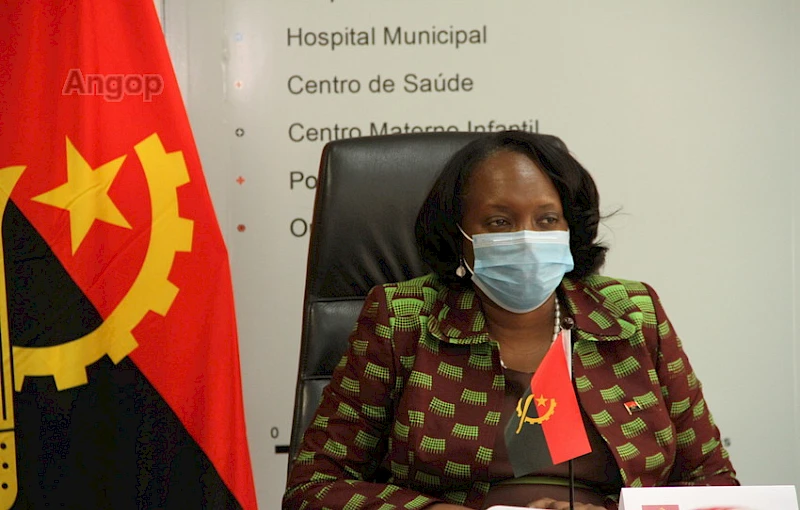Luanda – Angolan minister of Health Sílvia Lutucuta Thursday reiterated Government's commitment to reducing the impact of the HIV/AIDS pandemic on the Angolan social fabric.
The minister made the pledge at the high-level meeting of the United Nations on HIV/AIDS.
Speaking, on behalf of the President, João Lourenço, the minister said that the government is committed to a national response in line with the main strategies described in the Political Declaration on this pandemic.
Available data point to a prevalence rate of two percent, as a result of the existence of 350,000 people living with AIDS in Angola.
Of these, according to the Angolan network of Aids Service Organisations (Anaso), only 93,000 are on antiretroviral therapy.
Sílvia Lutucuta highlighted, among other actions, the “Born Free to Shine” campaign and the implementation of the Operational Plan, under the leadership of the First Lady of the Republic, Ana Dias Lourenço, aimed to reduce the vertical transmission of HIV by 46 percent and allow children with the disease to receive treatment.
She emphasised that the Angolan authorities continue to work in line with the Sustainable Development Goals and other international commitments and strategies in this matter.
Over the past five years, she noted, the government has expanded the number of health facilities with HIV diagnosis, treatment and prevention of mother-to-child transmission services, including pregnant women.
Without revealing the values, the official said that a greater volume of national financial resources had been allocated, making the government responsible for more than 70 percent of the financing of the response to HIV.
The United Nations high-level meeting on hiv/aids was held from 8 to 10 at the organisation's headquarters in New York and focused on approaches to resources and financing for an effective response against hiv/aids.
The promotion of gender equality and the empowerment of women and girls, the impact of the Covid-19 pandemic on the response to HIV/AIDS, among other themes, were also analysed.





























